Best Solar Feed in Tariffs SA
Latest in Solar
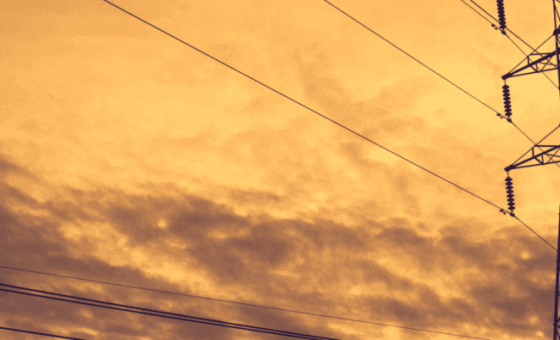
June 4th
Electricity price rises and changes in Australia
Keep up to date with new electricity plans, rates and discounts with Canstar Blue. We compare energy prices across NSW, QLD, VIC and SA.
– Read more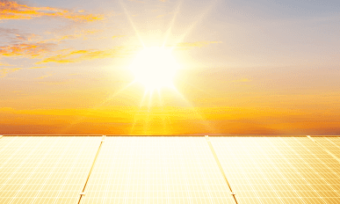
June 3rd
Best solar feed-in tariffs in Australia
Which solar provider offers the best solar Feed-in Tariff? In this article, Canstar Blue compares solar FiTs in each state.
– Read more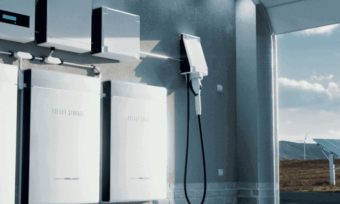
May 26th
How do solar batteries work?
Learn the basics of solar-powered battery storage and how solar batteries work with this simple guide from Canstar Blue.
– Read more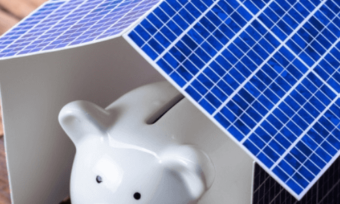
May 22nd
Solar panel insurance: Are solar panels covered by home insurance?
Need answers on solar panel insurance? Read this Canstar Blue guide to see if home insurance covers solar panels.
– Read more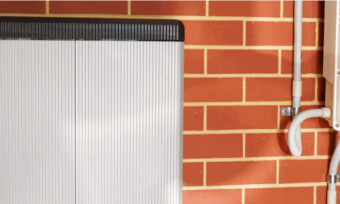
May 21st
Are solar batteries worth the cost?
Are solar batteries worth it? In this article, Canstar Blue looks at whether you could save on your bills by investing in a solar battery.
– Read moreSouth Australians pay some of the highest electricity rates in the country, which may explain why about one in three households have solar. Not only can a solar system help reduce energy costs, but it can also add more value to a home.
Installing solar panels isn’t a cheap undertaking by any means, which is why SA bill-payers will need to know what feed-in tariffs (FiTs) are available, including the plans these rates come attached to.
On this page:
- Which provider has the best solar feed-in tariff in SA?
- The best solar feed-in tariffs in SA
- Which is the best solar energy provider?
- How do I know what my solar feed-in tariff is?
- Is there a minimum solar feed-in tariff in SA?
- Are there solar-specific plans available in SA?
- Energy rates or solar feed-in tariff: What’s more important?
- Is solar worth it in SA?
Which provider has the best solar feed-in tariff in South Australia?
Engie currently has the highest solar feed-in tariffs in South Australia, offering eligible customers 11 cents per kilowatt hour (c/kWh) for the first 8kWh before reverting to 4c/kWh.
Maximum and minimum solar feed-in tariffs in SA
In the table below, you’ll find a list of minimum and maximum solar feed-in tariffs available from retailers in South Australia. Some of these companies may not operate in all areas of SA, while some FiTs may only be available when certain conditions are satisfied. Please check each provider’s website for further details.
Which is the best solar energy provider?
Lumo Energy is currently ranked as Australia’s best solar energy provider, topping our customer satisfaction ratings in 2025. The Aussie-owned company scored five-star reviews for its value for money, customer service, bill and cost clarity, ease of sign-up and overall satisfaction.
In South Australia, Lumo Energy currently offers three solar-specific plans and feed-in tariffs of 3.3c/kWh and 4.5c/kWh depending on the plan.
How do I know what my solar feed-in tariff is?
- Your solar feed-in tariff (FiT) rate (per c/kWh) is found on your energy bill under summary charges.
- Your FiT will be listed on your plan’s energy fact sheet — they can usually be found at the bottom of your retailer’s homepage.
Is there a minimum solar feed-in tariff in SA?
There is no longer a minimum solar feed-in tariff in South Australia, meaning that energy providers can set their own FiT rates.
Customers with eligible solar PV systems connected before September 30, 2011 may receive a premium feed-in tariff, which is set by the state’s energy distributor.
Are there solar-specific plans available in SA?
In SA, there are solar-specific products, some of which offer higher feed-in tariffs. While these plans can sound great on paper, it’s worth checking out the full details directly with each retailer, as these plans may not always be publicly listed.
Solar-specific deals may require certain conditions to be met. Eligibility may also depend on signing up during a promotional period.
Energy rates or solar feed-in tariff: what’s more important in SA?
In South Australia, what’s more important – energy rates or feed-in tariffs (FiTs) – boils down to which option results in the biggest reduction on your final energy bill.
While feed-in tariffs will make a difference to your power bills, you should still be aware of the following rates you’re being charged with:
Feed-in tariffs (FiTs) are more important if you save more than you’re spending on a solar plan with increased base rates. Do take note that not every plan with a higher FiT results in increased usage and supply charges.
Conversely, energy plans with inflated base rates could cancel out any guarantees of a credit on your next bill.
Other factors outside of price include:
- The size and capacity of your solar panel system
- If you’re planning to install a net meter
- If you plan to install a new solar system, how long is its payback period
For instance, if your solar PV system is exporting plenty of power, you may be able to get away with paying higher electricity rates in exchange for a generous FiT. However, if you have a small solar system (e.g. 1.5 kW) barely producing any excess energy for export, a plan with cheaper base rates could reap more savings.
Aussies may also choose to install a net meter, allowing them to consume solar-generated electricity before exporting the remainder back for a bill credit.
While net metering may affect how much you’re earning on a solar FiT, it’s also important to calculate how much net metering is actually saving you.
If you’re considering a solar system, we encourage you to calculate its payback period — this refers to the time it takes for any savings generated from it to pay off its upfront installation costs.
How to get the most out of your solar in SA
For many, solar is not just about saving on power bills. It’s also about adding value to your property and reducing your home’s carbon footprint.
We all know that installing solar is a monumental leap towards smaller energy bills, which is why having a suitable feed-in tariff can make a big impact on long-term costs.
But the fun doesn’t stop there, make sure you check out each feature of a plan as there may be further value you’re unaware of.
About our electricity experts
 Tara Donnelly: Utilities Editor
Tara Donnelly: Utilities Editor
Tara Donnelly is Canstar Blue’s Utilities Editor, leading the team that focuses on energy, telecommunications and consumer technology. She has spent more than a decade covering these topics in Australia, the US and Canada, and has authored over 500 Canstar Blue articles.
Her expertise has seen her appear in national media including 9 News, 7 News, Sunrise, the ABC , The Australian Financial Review, 4BC Radio and The Sydney Morning Herald.
Tara has been nominated for multiple awards for her technology reporting, including Canstar Blue’s highly commended recognition for Best Consumer Technology Coverage in 2024.
She has a Bachelor of Communications from the University of Canberra and is passionate about simplifying complex subjects so consumers aren’t just informed, they’re connected and confident.
Meet the Editorial Team

Breanna Gream: Data Insights Team Lead
Breanna Gream is Canstar’s Data Insights Team Lead, and is responsible for developing the methodology and delivering Canstar Blue’s Value Ranking for the energy and telco sectors. She holds a dual degree in Business and Mathematics from the Queensland University of Technology, and enjoys using her skills to help consumers find more suitable utilities plans. Connect with Breanna on LinkedIn.
Meet the Research Team
Share this article